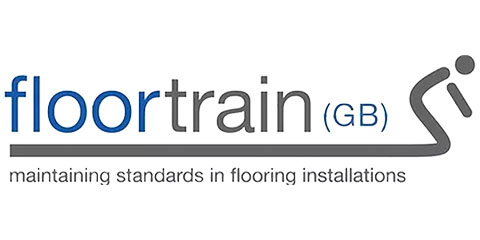How to Lay Underlay: A Step-By-Step Guide for a Professional Finish
Posted by Teri-Ann Fisher on 23rd May 2025
Whether you're fitting carpet, laminate or wood flooring, underlay is an essential step in achieving a quality finish. Not only does it improve insulation and soundproofing, but it also helps prolong the life of your flooring by providing a stable and even base. In this guide, we’ll walk you through how to lay underlay in compliance with British standards and regulations.
What You’ll Need:
- Underlay (appropriate for your flooring type)
- Craft knife or utility knife
- Tape measure
- Underlay tape or masking tape
- Scissors
- Staple gun or adhesive (for certain types of underlay)
- Knee pads (optional but highly recommended)
Step 1: Prepare the Subfloor
Before you begin, make sure the subfloor is:
- Clean – Sweep or vacuum thoroughly to remove dust and debris.
- Dry – Moisture can damage flooring and underlay. Use a damp meter if in doubt.
- Level – Fill any holes or cracks and sand down raised areas.
Allow any new screed or concrete to cure fully before laying underlay.
Step 2: Choose the Right Underlay
Different floor types require different underlays. For example:
- Carpet underlay tends to be thicker and softer, offering better cushioning.
- Laminate and wood underlay is typically thinner and may include a damp-proof membrane (DPM) or sound insulation layer.
Make sure your underlay is suitable for both your flooring and subfloor type (concrete, timber, etc.).
Step 3: Lay the Underlay
For Carpet:
- Start in one corner of the room and roll out the underlay, rubber side down (if applicable).
- Butt the edges together – do not overlap – and trim to fit the shape of the room.
- Use underlay tape or staples to secure the seams and edges. On concrete subfloors, adhesive may be needed.
- Continue laying in strips until the entire floor is covered.
For Laminate or Wood Flooring:
- Roll out the underlay perpendicular to the direction of the floorboards.
- If the underlay has a built-in DPM, ensure the plastic overlaps the edges by at least 20cm.
- Butt the edges together and tape all seams with waterproof underlay tape.
- Avoid creases or overlaps, as these will affect the final flooring.
Step 4: Check Your Work
- Before installing your flooring:
- Ensure the entire floor is covered, with no gaps or overlaps.
- Check for a smooth, even surface throughout.
- Make sure all joins are securely taped or fastened.
Final Tips:
- Always follow the manufacturer’s instructions for both your underlay and flooring.
- If you're installing underfloor heating, make sure the underlay is compatible.
- Use a moisture barrier if installing over concrete.










